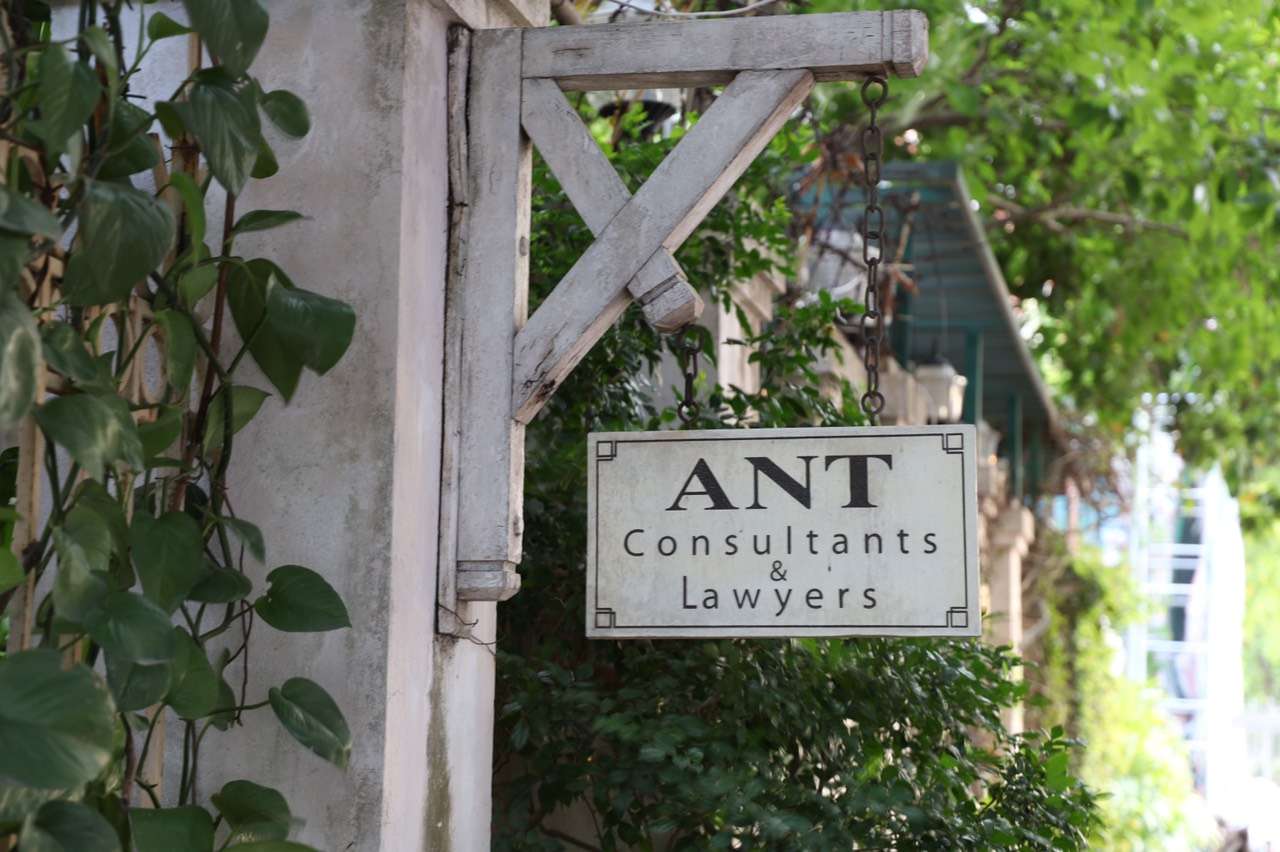The Ministry of Trade and Industry has issued
Decision no. 3877 to proceed the investigation on imposition of anti-dumping
measure for some products from China and Korea under the case AD04. The first
step for related party to participate into the investigation process is to
register with Vietnam Competition Authority directly or through the assistance
of a law firm with experience in anti-dumping procedures in Vietnam.
Pursuant to Article 70 of the Law on Foreign
Trade Management on procedure for investigating the trade remedies case and
Article 79 of Law on Foreign Trade Management on the basis of proceeding the
anti-dumping investigation, the Vietnam Minister of Industry and Trade decided
to conduct the anti-dumping measures imposition investigation according to the
request of Investigation Authority relating to some flat-rolled alloy or
non-alloy steel products, varnish painted or scanned or coated with plastics or
other covers originated from China and Korea (case No. AD04).
The details of investigation are conducted
pursuant to Article 80 of the Law on Foreign Trade Management on contents of an
anti-dumping measures imposition investigation and Article 32 of the Decree No.
10/2018/ND-CP on deciding to conduct anti-dumping measures imposition
investigation.
Imported goods subject to investigation:
The imported goods subject to investigation are
some flat-rolled alloy or non-alloy steel products, varnish painted or scanned
or coated with plastics or other covers which are classified by HS Codes
7210.70.11, 7210.70.19, 7210.70.91, 7210.70.99, 7212.40.11, 7212.40.12,
7210.40.19, 7212.40.91, 7212.40.92, 7212.40.99 (the case No. AD04)
Origins of imported goods: China and South Korea
Domestic industry:
|
No.
|
Trade
name
|
Opinion
|
Market
share/ total market share (%)
|
|
1
|
Nam
Kim Steel Joint Stock Company
|
The
requesting party
|
29,35%
|
|
2
|
Southern
Steel Sheet Co., LTD
|
|
3
|
TVP
Steel Joint Stock Company
|
|
4
|
Dai
Thien Loc Corporation
|
|
5
|
Ton
Dong A Corporation
|
Agreed
the investigation and application of the anti-dumping measures
|
61,31%
|
|
6
|
Maruichi
Sun Steel Joint Stock Company
|
|
7
|
Hoa
Sen Group
|
|
8
|
VN
Steel Thang Long Coated Sheets Joint Stock Company
|
|
9
|
Blue
Scope Steel
|
No
opinion
|
9,34%
|
Pursuant to the results of examination of
request dossier and the sources of available information in pre-initiation
stage, the Investigation Authority found out the evidence of: i) the dumping
conducts relating to the goods originated from China and Korea; ii) the
significant damages to the domestic industry; iii) the causal relationship
between the dumping conducts and the significant damages to the domestic
industry.
Consequently, the Investigation Authority
recommended the Minister of Industry and Trade to proceed the investigation.
The conclusion of preliminary conclusion and/or final conclusion investigation
is basis of the Investigation Authority’s recommendation to the Minister of
Industry and Trade on imposition or non-imposition of provisional and/or
official anti-dumping measures.
Investigation period: The investigation period for determining of
dumping: from 01 June, 2017 to 31 May, 2018. The
investigation period for local industry’s damages determination includes: The
first year: from 01 June, 2014 to 31 May, 2015. The second year: from 01 June,
2015 to 31 May, 2016. The third year: from 01 June, 2016 to 31 May, 2017. The
fourth year: from 01 June, 2017 to 31 May, 2018.
Proposal for tax duty of Requester:
The Requester proposed for investigating and
imposing the provisional anti-dumping duty with 25.5% relating to the
investigated import products from China and 19.25% relating to the investigated
import products from Korea before the time the Ministry of Industry and Trade
issues the official decision.
The individuals and organizations as stipulated
in Article 74 of Law on Foreign Trade Management may register as a related
party to Investigation Authority to access the public information during
the investigation, and to send the opinions, comments, information and
evidences related to the investigation as mentioned herein.
Organizations and individuals shall prepare
applications using the application form for registration as interested parties
stated in the Appendix 01 attached to the Circular 06 and send to Investigation
Authority no later than 30 (thirty) days from the date issuing the
investigating decision.
Upon the receipt of applications for
registration as related parties, the investigation authority shall consider
whether a party is accepted as a related party or not within a period of 07
working days. If an application for registration as related party is refused,
the Investigation Authority is required to explain such refusal in writing to
the applicant.
The related parties under regulations of Article
79 the Law on Foreign Trade Management shall implement their rights and
obligations under Article 9 of the Decree No. 10/2018/ND-CP.
In order to ensure its lawful rights and
benefits, the Investigation Authority recommends the individuals and organizations
manufacturing, importing, using the investigated goods to register as a related
party to perform information accessing right, to provide information and
express opinions during the investigation procedure.
Questionnaire: Within 15 days since the issuance of the decision on
investigation, the Investigation Authority shall send the questionnaire to seek
answer to various subjects.
On-site Investigation: Pursuant to Article 75.3 of Law on Foreign Trade
Management, the Investigation Authority shall be entitled to proceed the
on-site investigation (if necessary), including overseas investigation to
certify the information, dossiers provided by related party or to collect more
information, dossiers for settlement of trade remedies case.
Confidential information: The Investigation Authority shall keep the
investigation information confidential as stipulated in Article 75.2 of Law on
Foreign Trade Management and Article 11 of Decree No. 10/2018/ND-CP.
Cooperation during the investigation: In case any related party refuses to participate
in the case or fails to provide necessary evidences or significantly disturbs
the completion of the investigation, the preliminary conclusion and final
conclusion relating to such related party shall be based on available
information.
In case a related party provides false or
misleading evidences, such evidences shall not be reviewed and the preliminary
conclusion and final conclusion regarding such related party shall be based on
available information.
Non-cooperating related parties shall not be
exempted from trade remedies measures as prescribed in Article 7 of Decree No.
10/2018/ND-CP.
The Investigation Authority recommends the
related parties to comprehensively cooperate during the investigation to protect
its legitimate rights and benefits.
Duration of investigation: Anti-dumping measures imposition investigation
shall be completed within 12 months from the date on which the decision on
anti-dumping measures imposition investigation is issued. In some special
cases, the Minister of Industry and Trade may extent the duration for
anti-dumping measures imposition investigation but the total duration shall not
exceed 18 months.




























.jpg)
.jpg)
.jpg)

.jpg)
.jpg)


